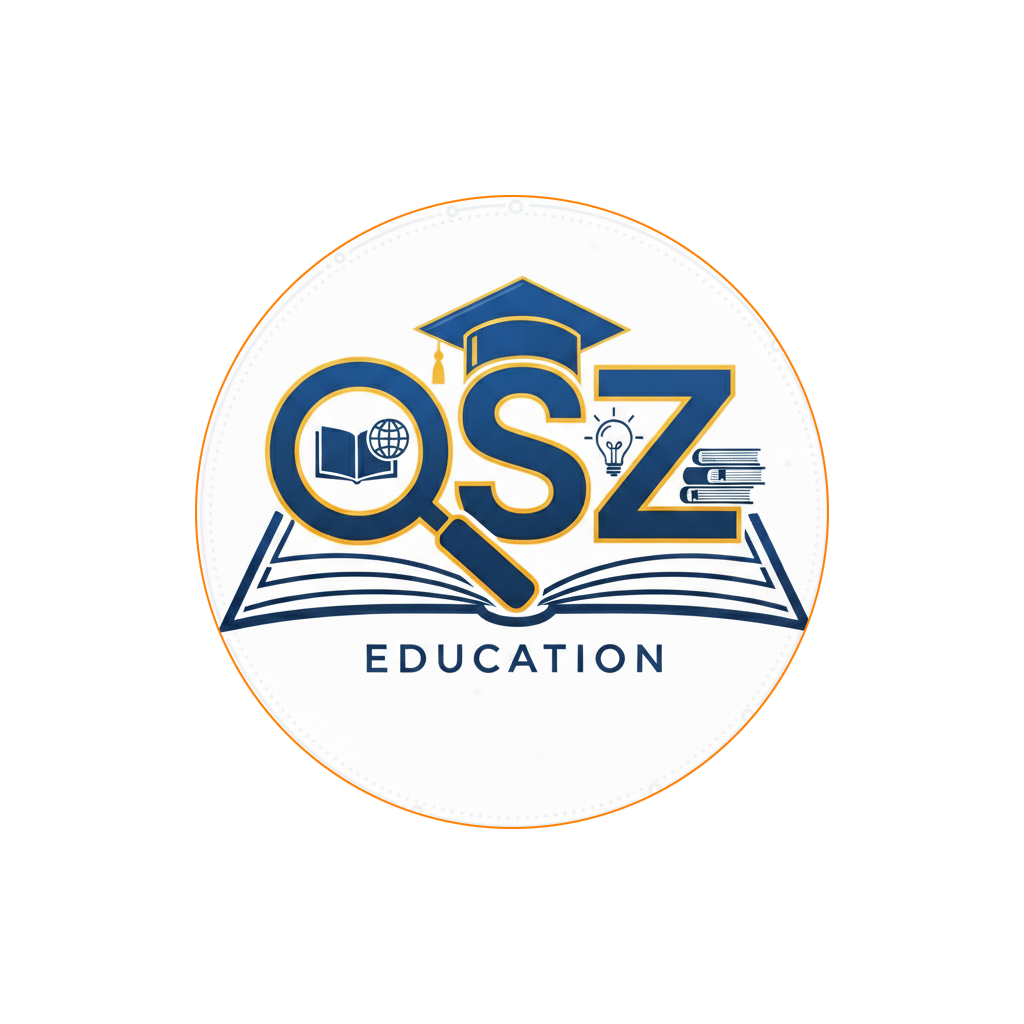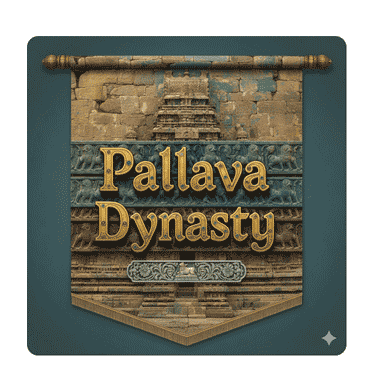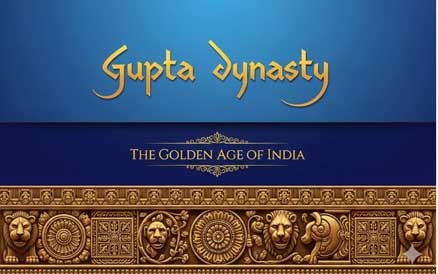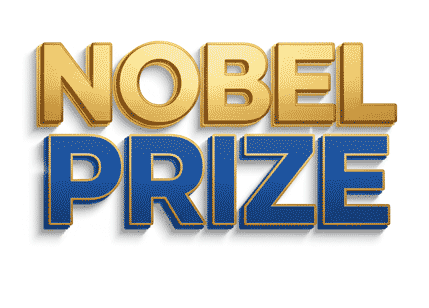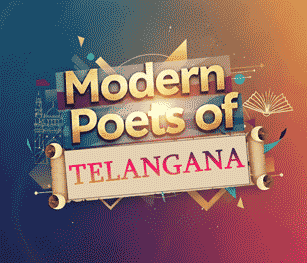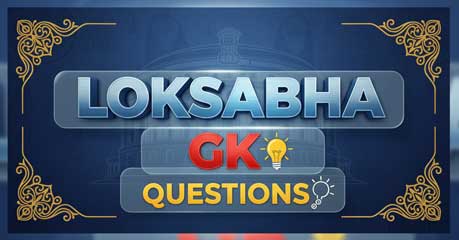History of the Pallava Dynasty (6th – 9th Century CE): Rise, Rulers, Administration, Culture & Architecture
The Pallava Dynasty was one of the most powerful and culturally rich kingdoms in South India, ruling from the 6th to the 9th century CE. After the decline of the Satavahanas, the Pallavas emerged as a dominant force, establishing a vast empire with Kanchipuram as their capital. Known for their patronage of art, architecture, and literature, the Pallavas laid the foundation for the Dravidian architectural style that would later flourish under the Cholas.
Origin and Rise of the Pallavas
Historians have diverse opinions about the origin of the Pallavas. However, it is widely accepted that Simhavishnu (circa 575 CE) founded the Pallava Empire. His successors, known as the New Pallavas, ruled for nearly three centuries with Kanchipuram as the capital. Among the most celebrated rulers were Mahendravarman I, Narasimhavarman I, Mahendravarman II, Narasimhavarman II (Rajasimha), and Nandivarman II.
Important Rulers of the Pallava Dynasty
1. Mahendravarman I (600–630 CE) :
Mahendravarman I, the son of Simhavishnu, was one of the greatest Pallava kings. He expanded the empire up to the Krishna River and earned titles like Gunaruja, Vichitra Chitta, and Chitrakarapuli. Initially a follower of Jainism, he later embraced Shaivism.
A great patron of literature and art, Mahendravarman authored the Sanskrit play “Mattavilasa Prahasana”, a satirical drama exposing social hypocrisy and corruption. He also pioneered rock-cut temple architecture, constructing cave temples at Mandagapattu, Pallavaram, and Tiruchirapalli without using bricks or wood.
He fought the Pulaloor War (630 CE) against Pulakesin II, the Chalukya king, and was defeated. His contemporaries included Harshavardhana and Pulakesin II. Mahendravarman died in battle, succeeded by his son Narasimhavarman I.
2. Narasimhavarman I (630–666 CE) :
Known as Mahamalla, Narasimhavarman I was a strong and victorious ruler. He avenged his father’s defeat by destroying Badami, the Chalukya capital, in the Battle of Manimangalam (642 CE). For this victory, he earned the title “Vatapi-konda” (conqueror of Vatapi).
During his reign, Kanchipuram flourished as a cultural hub. The Chinese traveler Hiuen Tsang (Xuanzang) visited his court and praised his rule. Narasimhavarman also supported the poet Bharavi, author of Kiratarjuniyam. He was responsible for the rock-cut monolithic temples at Mahabalipuram, which later became UNESCO World Heritage sites.
3. Mahendravarman II (668–670 CE) :
Mahendravarman II ruled briefly and continued the artistic legacy of his predecessors. The Adivaraha Cave Temple in Mahabalipuram contains inscriptions from his reign. He was killed by Vikramaditya I, the Chalukya ruler.
4. Paramesvaravarman I (670–685 CE) :
A devout Shaiva, Paramesvaravarman I faced wars against the Chalukyas and Pandyas. He defeated Vikramaditya I in the Battle of Perumallalur. His reign saw continued development in temple construction and literature.
5. Narasimhavarman II (Rajasimha) (685–730 CE) :
Narasimhavarman II, known as Rajasimha, was a great builder and art lover. Trade relations with China and Southeast Asia flourished during his reign. He constructed some of the finest examples of Dravidian temple architecture, including:
- Shore Temple at Mahabalipuram
- Kailasanatha Temple at Kanchipuram
- Mukunda Nayanar Temple
He also patronized the Sanskrit scholar Dandin, who wrote Dashakumaracharita, Avantisundari Katha, and Kavyadarsha. Rajasimha held titles like Agamapriya and Rajasimha.
6. Paramesvaravarman II (730–733 CE) :
He faced defeat at the hands of the Chalukya ruler Vikramaditya II and was forced to pay tribute. Paramesvaravarman II died in the Battle of Milindai (731 CE), ending the line of Simhavishnu.
7. Nandivarman II (733–794 CE) :
After Paramesvaravarman II’s death, Nandivarman II from a collateral branch, the Bhimarva lineage, ascended the throne. A devout Vaishnava, he built the Vaikuntha Perumal Temple and Mukteswara Temple in Kanchipuram. He was titled Pallavamalla.
Although his reign saw internal stability, the Pallavas began losing political dominance due to the rise of the Chalukyas and later the Cholas.
Later Pallava Rulers
After Nandivarman II, a succession of weak rulers followed:
- Dantivarman (795–845 CE)
- Nandivarman III (845–866 CE)
- Nripatunga Varman (866–880 CE)
- Aparajitavarman (896–897 CE)
During Aparajitavarman’s reign, the Chola king Aditya I defeated him and annexed the Pallava territories, marking the end of the Pallava dynasty.
Administrative System of the Pallavas
The Pallavas adopted administrative models from the Satavahanas. The king was the supreme authority, bearing the title “Dharmamaharajadhiraja”.
Key Features:
- The king’s orders were law.
- A Council of Ministers (Mantri Parishad) assisted the king.
- Administrative officers included Rahasya Adhikruta, Rathika, and Desadhikruta.
- A spy network (Dyutika and Sanjarantaka) monitored officials.
- Feudal chiefs like the Cholas, Gangas, and Renati Cholas served as vassals.
Administrative Divisions:
- The kingdom was divided into Rashtra (provinces), Vishayas (districts), Bhogas (subdivisions), and Villages.
- Village Assemblies (Sabhas and Urs) played a major role in administration.
- Ur: composed of landowners.
- Sabha: composed of Brahmins.
- Nagaram: composed of traders.
- Villages managed temples, irrigation, census, and public works.
- Dharma-asanas served as judicial courts at the local level.
Social and Economic Conditions
Social Life
- Brahmins held privileged positions and often served as administrators or judges.
- The society had various occupational groups such as Tudiyan, Panar, and Paraiyan.
- Women enjoyed respect and participated in cultural and religious life.
Economic Life
- Agriculture was the backbone of the Pallava economy.
- The main source of state revenue was land tax, usually one-sixth of the produce.
- The Chinese traveler Hiuen Tsang described the Pallava kingdom as prosperous, with happy people and flourishing agriculture.
- Major irrigation tanks such as Mahendra Tataka, Chitramegha Tataka, and Parameswara Tataka were built.
- Trade guilds like Manigramam and Nanadesi played key roles in inland and overseas trade.
- Ports like Mahabalipuram and Nagapattinam facilitated maritime trade with China and Southeast Asia.
- Pallavas exported pearls, spices, and textiles, while importing horses.
- The kingdom levied around 18 types of taxes, collectively called Ashtadasha Parihara.
Religion and Philosophy
The Pallavas were primarily Shaivites, but they showed tolerance towards Vaishnavism, Jainism, and Buddhism.
- Shaivite saints were known as Nayanmars, while Vaishnavite saints were called Alwars.
- The Nayanmars composed the Tamil devotional hymns compiled as Tevaram or Tirumurai, often called the Dravidian Veda.
- The Alwars composed the Nalayira Divya Prabandham, glorifying Vishnu.
- The saint Tirumangai Alwar built a Vishnu temple at Thakuvap, as mentioned in inscriptions.
- Important pilgrimage centers during Pallava rule included Tirupati, Srirangam, and Kanchipuram.
Literature and Language
The Pallavas made Sanskrit and Tamil the main languages of administration and literature.
- Mahendravarman I wrote Mattavilasa Prahasana and Bhagavajjuka, highlighting social satire and religious hypocrisy.
- The inscriptions of Kudumiya Malai and Tirumayam contain early references to musical notations.
- Scholars in Pallava courts included:
- Dandin – author of Dashakumaracharita, Kavyadarsha
- Bharavi – author of Kiratarjuniyam and Shishupalavadha
Art and Architecture under the Pallavas
The Pallava period marked the Golden Age of South Indian temple architecture. British historian V.A. Smith described it as the “epoch of architectural brilliance.” Pallava art evolved through four major phases:
1. Mahendra Style (Early Rock-cut Phase)
- Initiated by Mahendravarman I
- Temples were carved into rocks and called Mandapas
- No use of brick, wood, or metal
- Major examples:
- Mandagapattu Cave Temple
- Mahendravadi
- Pallavaram Cave Temple
- Tiruchirappalli Caves
- Sittannavasal Temple (fresco paintings)
2. Mamalla Style (Monolithic Phase)
- Developed under Narasimhavarman I (Mamalla)
- Focused on monolithic rock-cut temples at Mahabalipuram
- Seven famous Rathas (Pancha Pandava Rathas) dedicated to the Pandavas and Draupadi
- The Dharmaraja Ratha became a prototype for later Dravidian temples
3. Rajasimha Style (Structural Temple Phase)
- Flourished under Narasimhavarman II (Rajasimha)
- Transition from rock-cut to structural stone temples
- Temples built in Dravidian style with vimanas and mandapas
- Major temples:
- Shore Temple (Mahabalipuram)
- Kailasanatha Temple (Kanchipuram)
- Mukunda Nayanar Temple
- Vaikuntha Perumal Temple
4. Nandivarman and Later Style
- Smaller but artistically refined temples
- Use of granite and sandstones
- Notable temples:
- Mukteswara Temple
- Tripurantakeswara Temple
- Matangeswara Temple
- Vadamalai Eswarar Temple
- Parasurameswara Temple (Gudimallam)
Legacy of the Pallavas
The Pallavas were pioneers of South Indian Dravidian architecture, influencing the Cholas, Pandyas, and Vijayanagar kings. Their patronage of art, literature, and religion transformed Kanchipuram and Mahabalipuram into centers of learning and culture. Though their empire eventually fell to the Cholas in the 9th century, their artistic and architectural contributions remain timeless.
